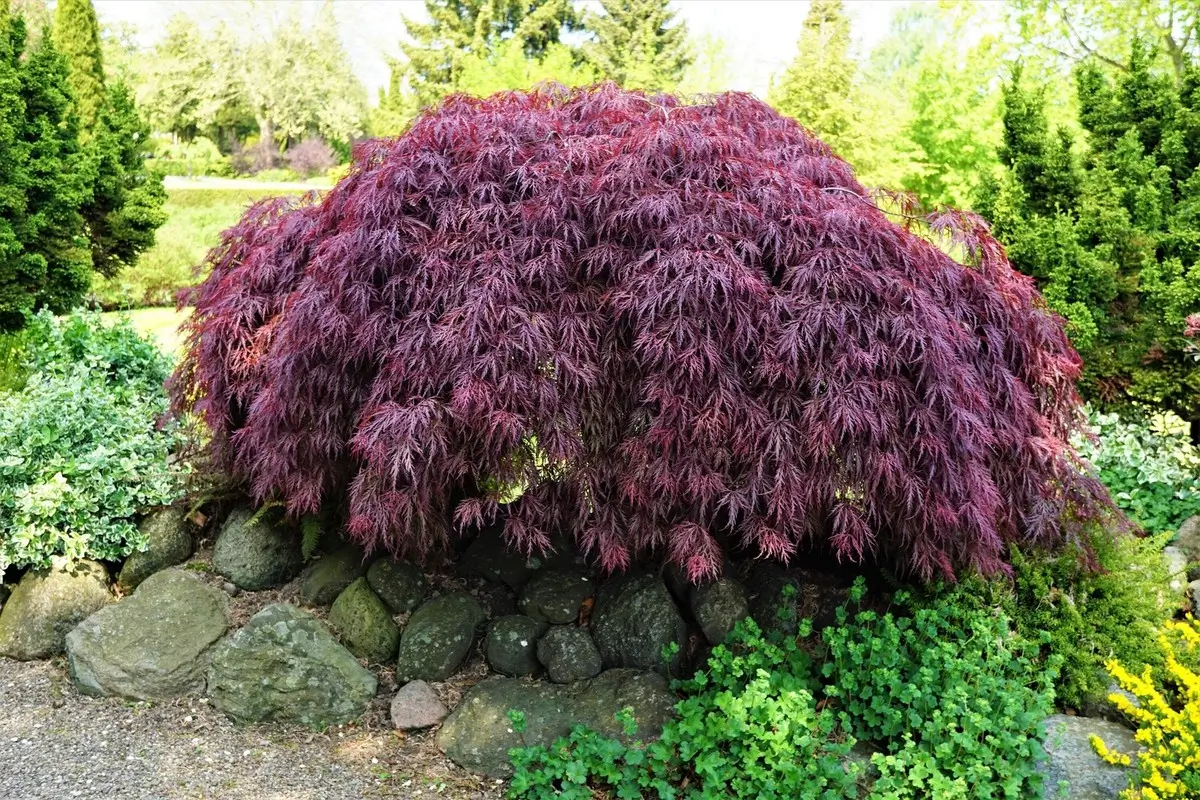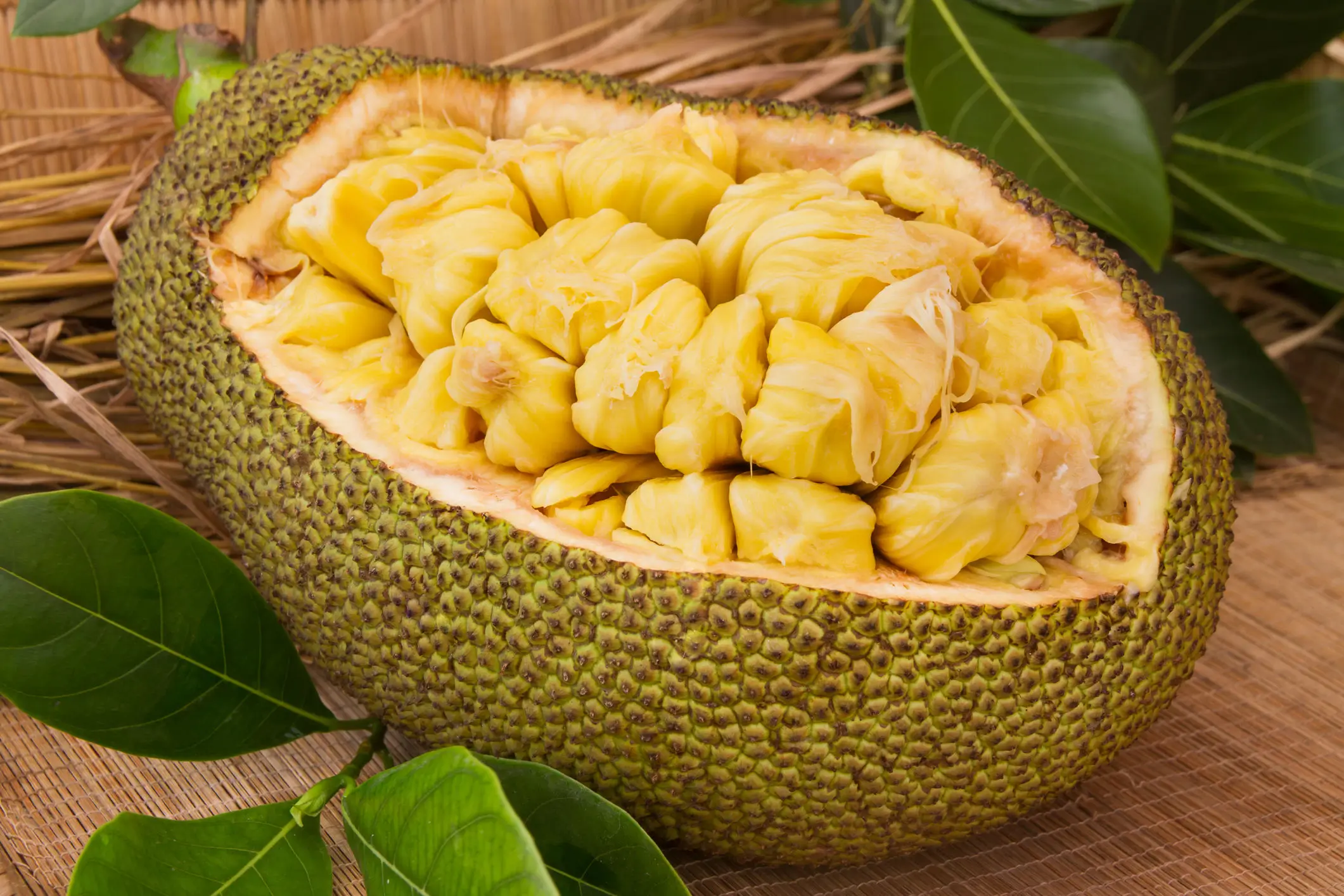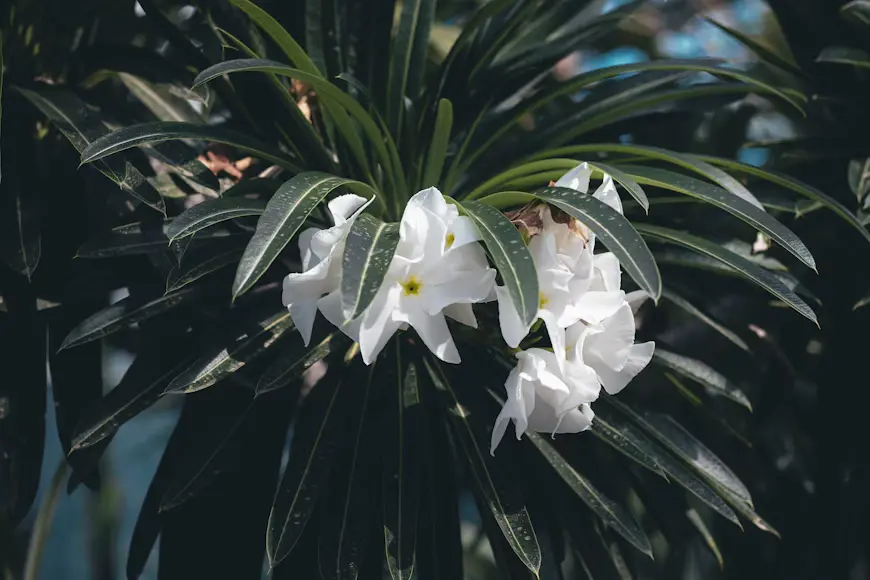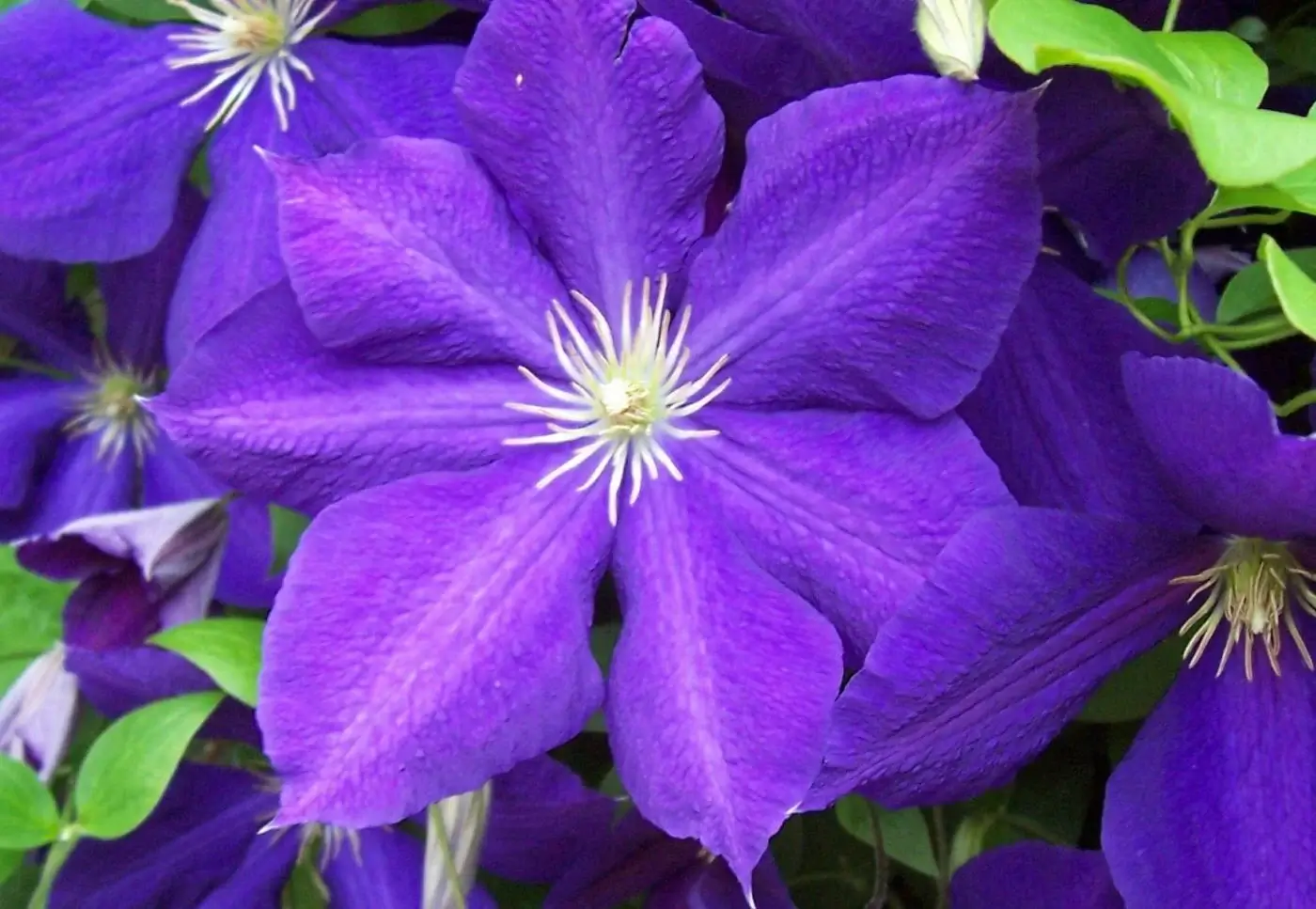
Soil Health & Fertilization
We unite suppliers and green industry professionals worldwide
Graceful, feathery, and incredibly resilient, Lady Ferns (Athyrium filix-femina) are a classic favorite for gardeners looking to add lush greenery to shady landscapes.T
By Victor Miller
|Published on June 17, 2025


"A garden without ferns is like a song without melody." – Mariam Scott
Graceful, feathery, and incredibly resilient, Lady Ferns (Athyrium filix-femina) are a classic favorite for gardeners looking to add lush greenery to shady landscapes.Their soft, lacy fronds produce a light, airy texture that’s an ideal contrast to the bold-leaved plants like hostas or hydrangeas.
Lady Ferns are cold-hardy and can survive a range of climates, from woodland gardens to urban courtyards, unlike other types of ferns that prefer humid, tropical environments. They thrive in moist, rich soil and are ideal for shady borders, wild gardens or as underplanting for trees and shrubs.
Lady Ferns are an excellent choice if you want a low-maintenance plant that also provides elegance and movement in your garden.
| Common Name | Lady Fern |
| Scientific Name | Athyrium filix-femina |
| Type | Deciduous perennial fern |
| Height | 2-3 feet |
| Spread | 1-2 feet |
| Sun Needs | Partial to full shade |
| Soil Requirements | Well-draining, moist, rich in organic matter |
| Growth Rate | Moderate to fast |
| Hardiness Zones | 3-8 |
| Toxicity | Harmless to humans and pets |

September 25, 2025
9 minute read
September 24, 2025
9 minute read
September 23, 2025
10 minute read
September 22, 2025
9 minute read


Join as a seller and connect with thousands of B2B buyers nationwide!
Sign Up

Inaba Shidare Japanese Maple
A beautiful, lovely tree that adds grace to any landscape

Jackfruit
A fast-growing tropical tree that yields enormous, nutrient-rich fruits with a sweet, exotic flavor

Madagascar Palm
The Madagascar Palm (Pachypodium lamerei) is a plant that has many gardeners wondering just that. Despite its name, it’s not a real palm, it’s a succulent, but it absolutely earns its place as a dramatic showpiece.

Jackman Clematis
A Beautiful Spring Climber that Adds Drama to Your Garden
Lady Ferns are one of the most forgiving and easiest ferns to care for, as they tolerate many conditions and need little maintenance. They thrive in cool, humid environments, so they work wonderfully as ground-cover plants for shady gardens and woodland designs.
Lady Ferns flourish in partial to full shade and make a lovely addition to the dappled light beneath trees, or shady beds in your garden. Though they tolerate some sun in the mornings, too much direct sunlight can burn their feathery fronds.
These ferns prefer to grow in rich, well-draining soil that is kept evenly moist. A combination of loamy soil with compost or leaf mold gives the best growth. Dry or sandy soil will not work with Lady Ferns, because they require moisture.
Lady Ferns should be watered regularly, especially during hot or dry periods. The soil should be kept consistently damp but not waterlogged. Put a layer of mulch around the plant so the soil does not dry out.
Pruning keeps the greenery healthily vibrant and removes any of the older, damaged fronds. In late autumn or early spring, cut away dead or brown fronds to accommodate fresh new growth. Lady Ferns die back naturally in winter, so cutting them down to the base in late winter encourages lush regrowth in spring.
During the growing season, cut off yellowing or damaged fronds to maintain the plant at its best. Since Lady Ferns are freely spreading, then a bit of occasional thinning will also help to prevent overcrowding too, as well as to encourage better air circulation.
Lady Ferns spread through rhizomes and spores, making them easy to propagate. Division is the most dependable method because it preserves plant vigor and produces new ferns.
Lady Ferns also do very well in pots and so are perfect for shaded patios, balconies, or small garden spaces.
Lady Ferns are hardy perennials that will endure cold winters with little care. In late fall, leave the fronds to die back naturally, which will insulate the underground rhizomes of the plant.
In frost-prone areas, a layer of mulch around the base will help protect them. If the plant is growing in a container, bring the pot to a sheltered location, or insulate it with burlap or straw to protect against root freeze.
Once spring arrives, trim back any remaining dead foliage, and fresh new fronds will quickly appear.
Lady Ferns are generally trouble-free, but a few issues can occur.
Lady Ferns are timeless, low-maintenance plants that contribute a soft elegance and organic beauty to any shaded garden area. Whether grown in garden beds, containers or in tandem with other woodland plants, they provide delicate greenery with low effort. If you want a tough and beautiful fern that loves the shade, look no further than Lady Ferns!
Yes! They spread through underground rhizomes, forming lush clumps over time. If they become too crowded, they can be divided to maintain size.
Yes, they can be kept as houseplants in a shady area with high humidity. However, they require regular misting to thrive indoors.
Not much! A light application of compost or diluted liquid fertilizer in spring boosts growth, but they generally do well in rich, organic soil.
Yes, they are resistant to deer and rabbits, which makes them an excellent selection for woodland and shade gardens.

Soil Health & Fertilization
Victor Miller

Pest Identification & Prevention
Victor Miller

Lawn Care Tips & Maintenance
Victor Miller

Soil Health & Fertilization
Victor Miller

Smart Irrigation Systems
Victor Miller

Patios, Walkways & Driveways
Victor Miller

Soil Health & Fertilization
Victor Miller

Pest Identification & Prevention
Victor Miller
My Account
Our team is always here to help.
We are open Monday - Friday, 9:00 AM to 4:30 PM PST.